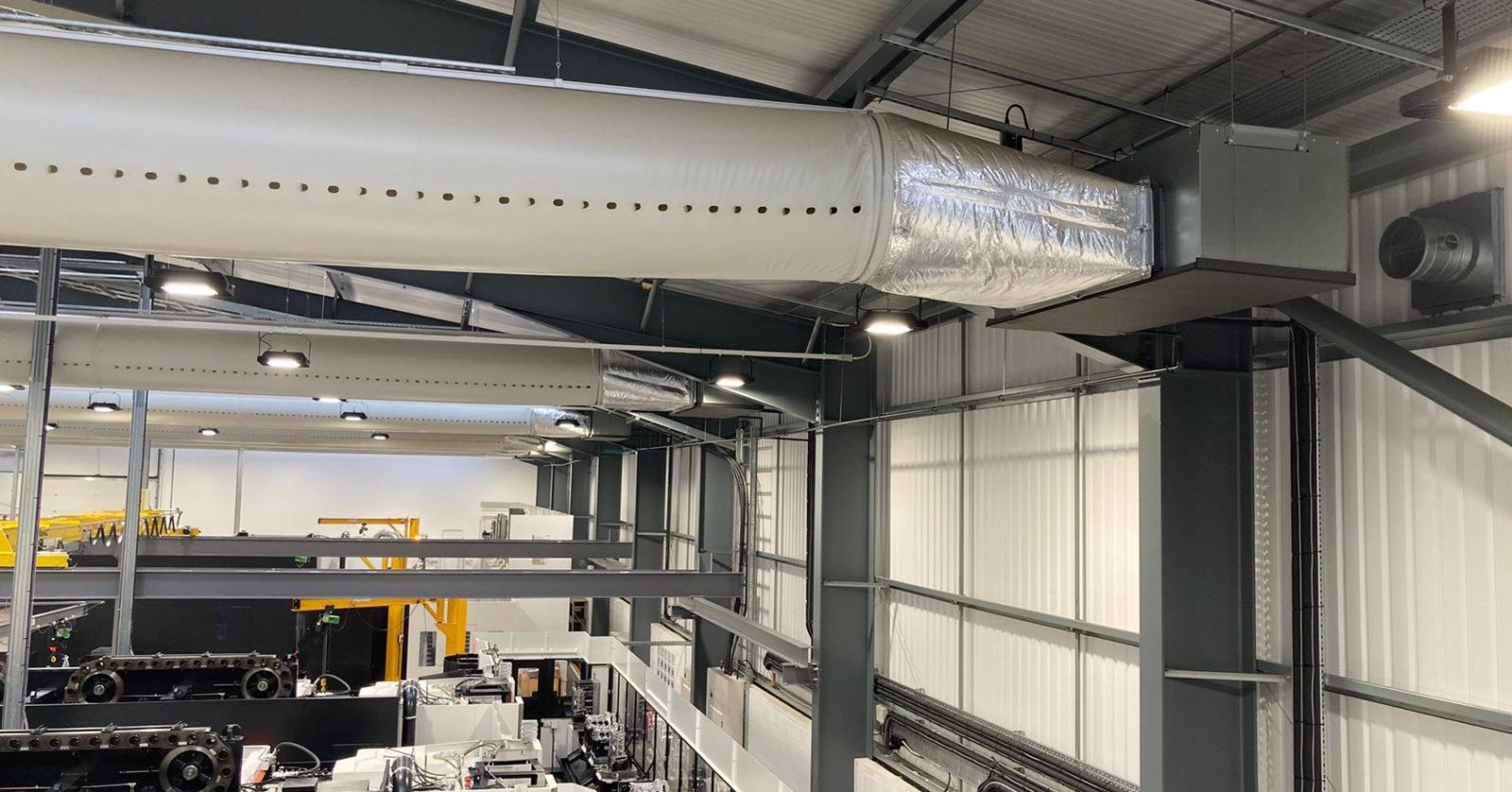Temperature changes have a huge influence on the accuracy and specification of machined parts. Buyers need to understand the impact these variations have on the production and inspection of machining parts; as well as how machining suppliers mitigate and control these variations.
What causes temperature changes in machining?
There are lots of different factors that affect the relationship between temperature changes and finished shape, and they all need to be controlled or compensated for in order to maintain the precision and integrity of the part.
These include:
• Geometry of the machined part
• The material properties of the part
• Which alloys are used
• Any part conditioning that is required
• Friction created in the machining process
• Ambient temperature of the machine shop, or inspection room
What are the consequences of temperature change on my machined part?
As a machining buyer, you’re obviously not going to be involved in any of the temperature control processes in production.
But you do need to understand how controlling temperature can impact lead times, the implications for tolerance specifications and cost and ensure you buy from machining suppliers who are skilled in controlling temperature.
Machining tolerances are tight, with the margin for specification error equally so. Failure to control temperature will lead to parts that are out of spec at the inspection and metrology stage.
That’s because temperature changes have a huge impact on parts being potentially out of specification and tolerance. The coefficient of thermal expansion of Aluminium is 24 x 10-6/oC . That’s twice that of iron, and means a 500mm component will grow by 12 microns per oC.
12 microns can seem miniscule, but as a machine shop’s temperature can easily vary by 10oC , this is more than 0.1mm. That’s a huge tolerance issue when it comes to hitting part specification.
Consider temperature changes at the DFM stage
Complex geometries in part design, in addition to the choice of alloys used will impact temperature changes. Consequently, this will affect lead times, cost and scheduling of your machined part.
As a buyer, you can help minimise these impacts by considering temperature changes at the DFM stage, working with your machining supplier to design the most efficient part possible.
How can you control for temperature changes?
Machining suppliers compensate for, and control temperature changes in two main ways:
Temperature controlled environment
The industry standard for a temperature controlled room is +/- 2oC. A purpose built, temperature controlled environment is the most precise method to control temperature in machining, but it’s also the most expensive. Consequently, many machining shops do not have this facility; relying on soaking the parts to temperature instead.
Soaking
Without a specially controlled temperature environment, machine suppliers must soak the parts in order to bring them up to the required temperature. The time required for this depends on the overall mass, the alloys used and the geometry; which can all significantly impact lead times.
Implications of temperature changes as a buyer
It’s important to make sure you fully understand the methods your supplier uses to control or compensate for temperature changes. Different temperature control methods will have different impacts on lead times and costs, making them important considerations for your budget, schedule and supply chain.
You also need to be able to trust your supplier's metrology checks. Make sure you know if the inspection room is temperature controlled, and if it is, to what degree of accuracy.
Understand too, that even if the inspection room is temperature controlled, it’s likely that the main machining hall isn’t. If this is the case, ask how long your supplier will soak your parts before inspection, as well as where they will do it.
Want to know more about tolerance specification and measurement? Read our blog on how to know if your part is in tolerance.
Conclusion
Temperature control is vital for machining suppliers. But understanding the impact of temperature changes as a buyer will help ensure your parts are machined precisely, as well as there being no surprises in cost or lead time.

Our Machining Buyer’s Guide is full of useful information to help make the process of buying machine parts easier.

 Get in touch
Get in touch
